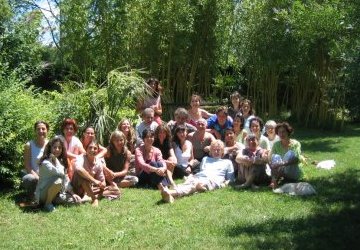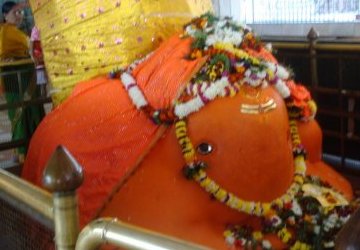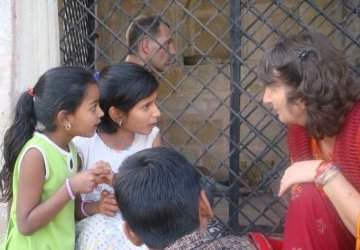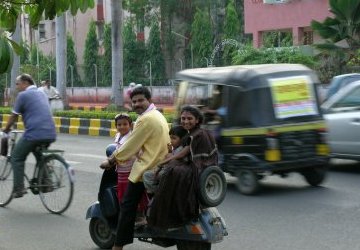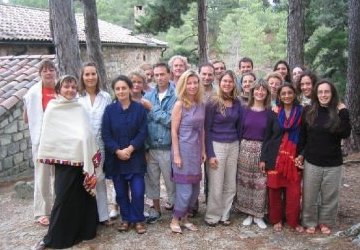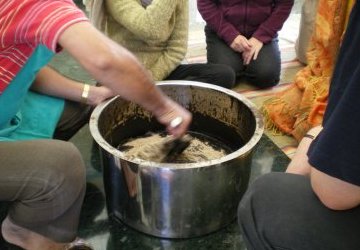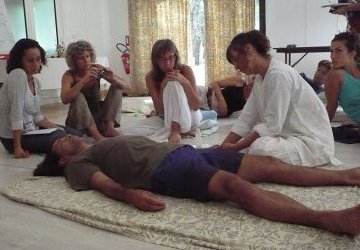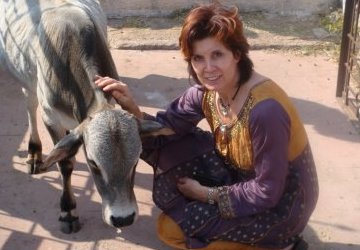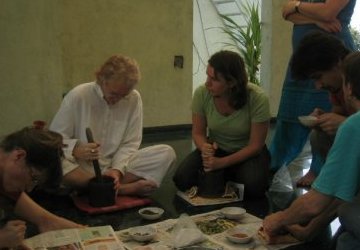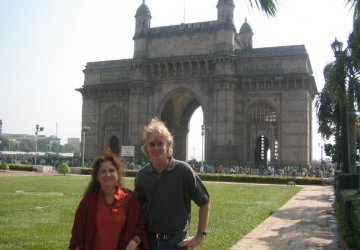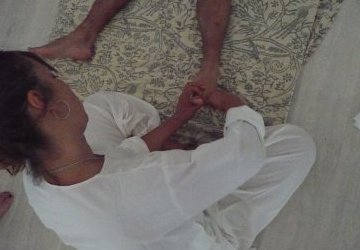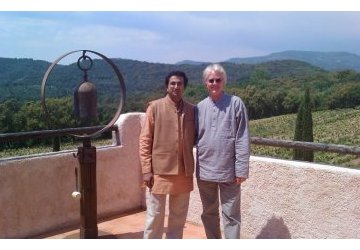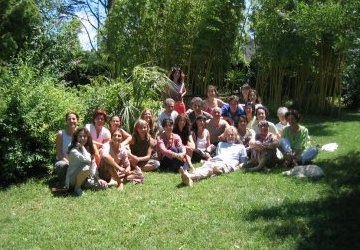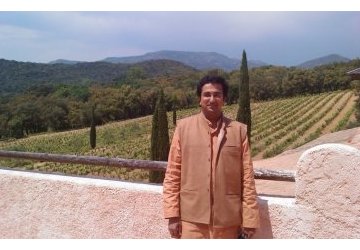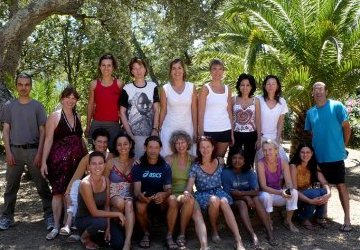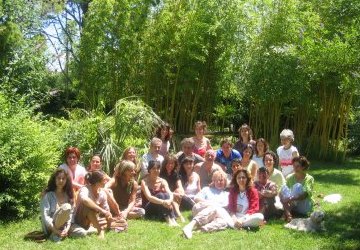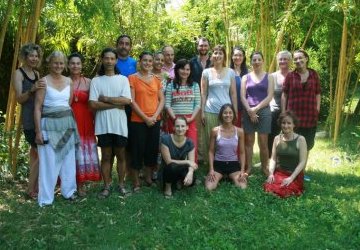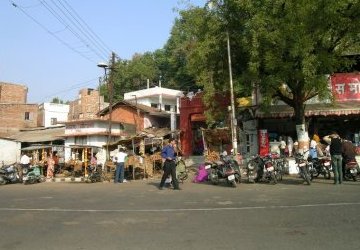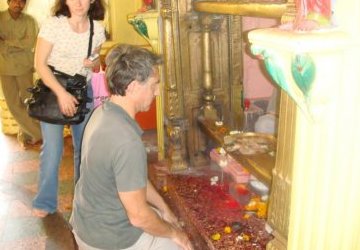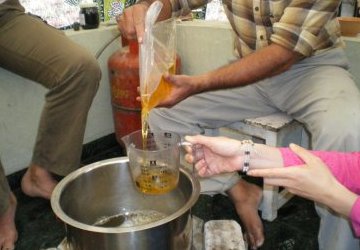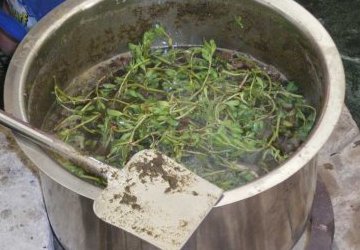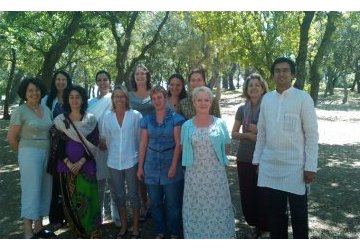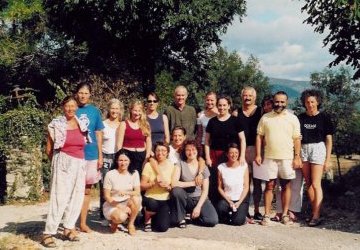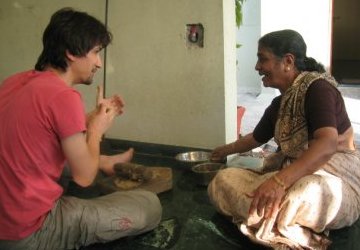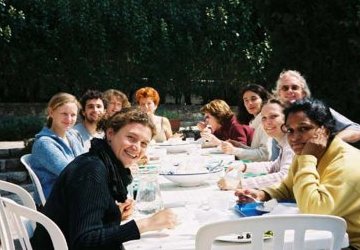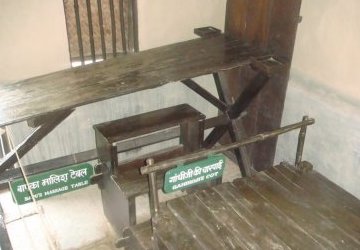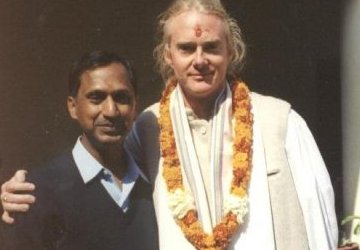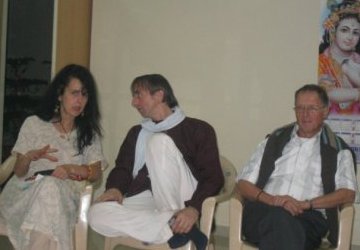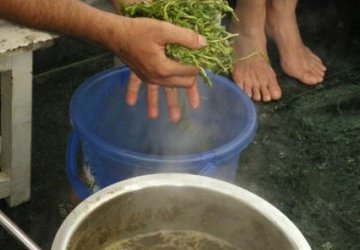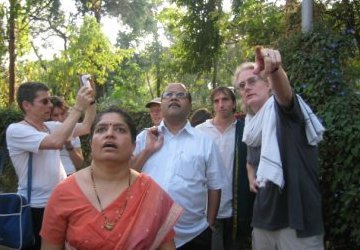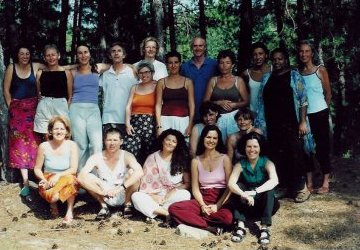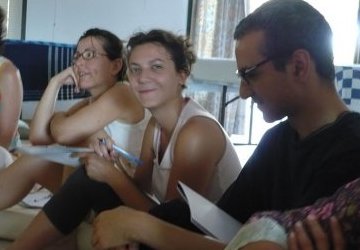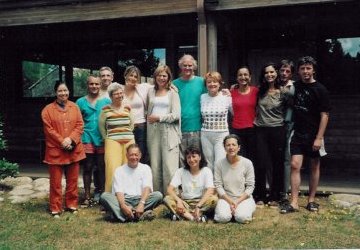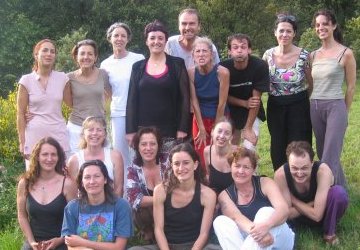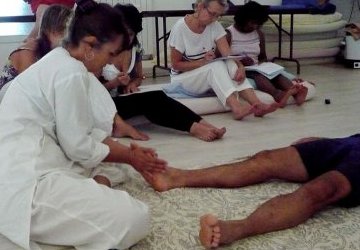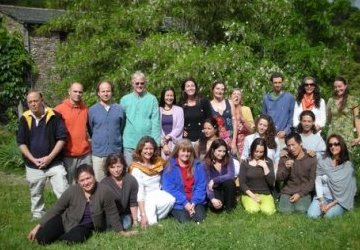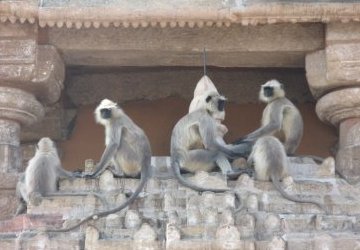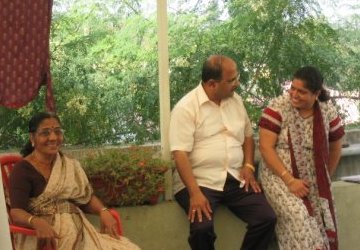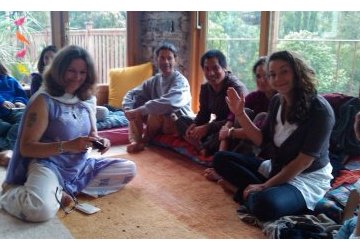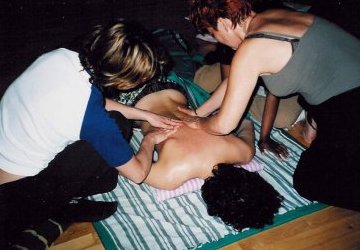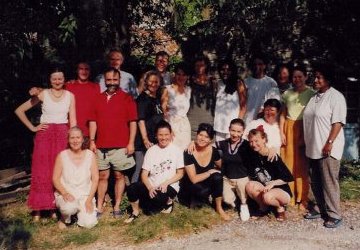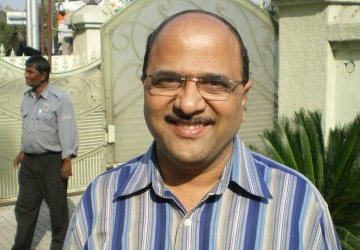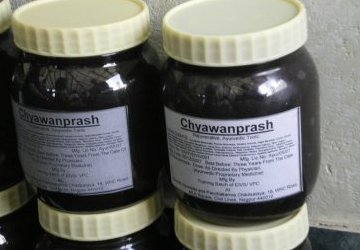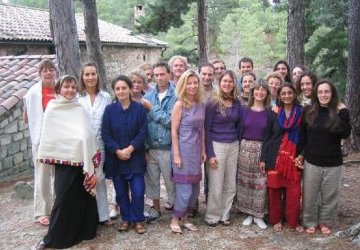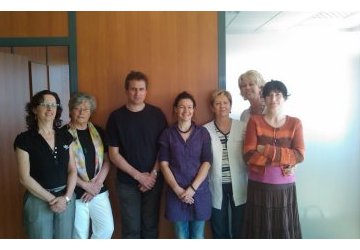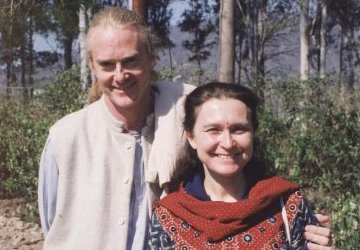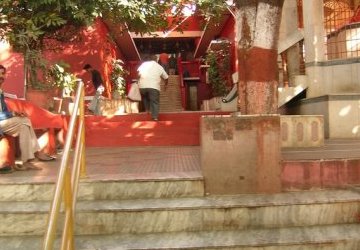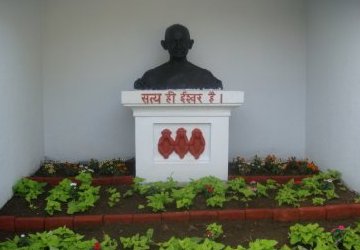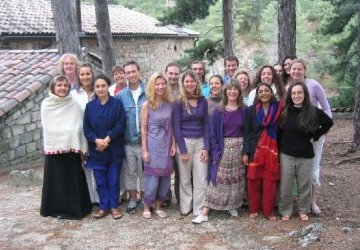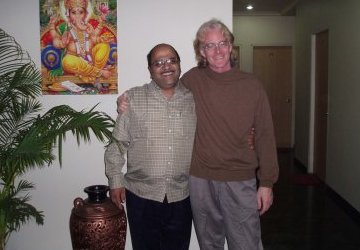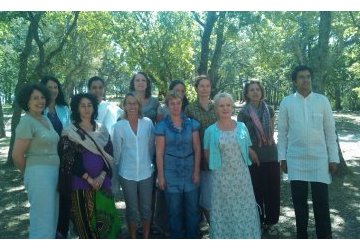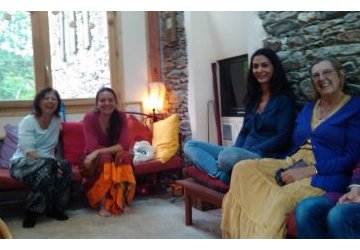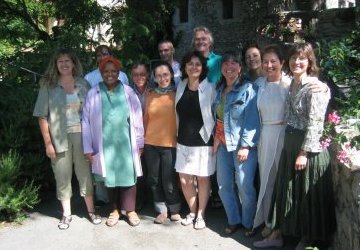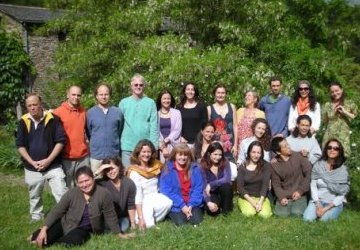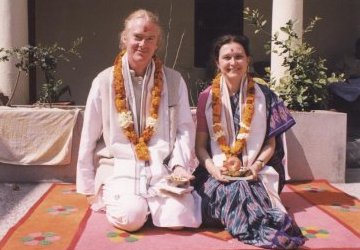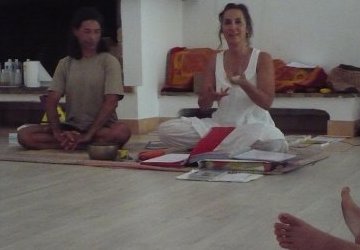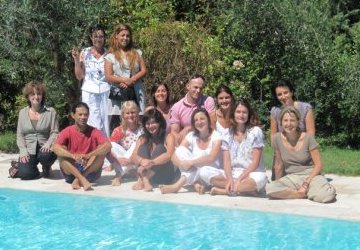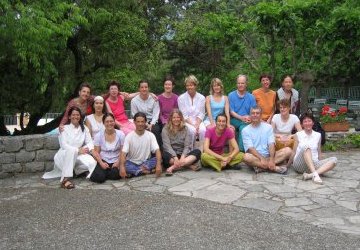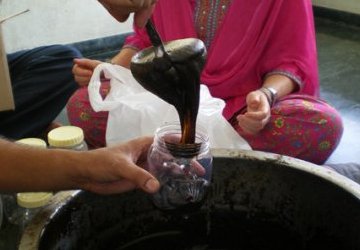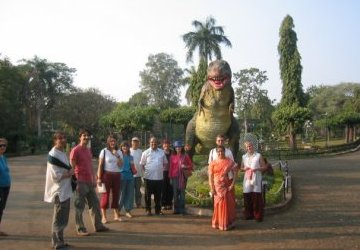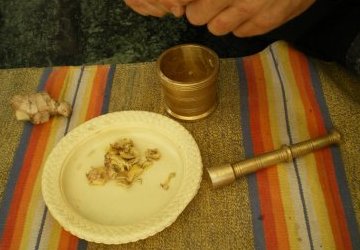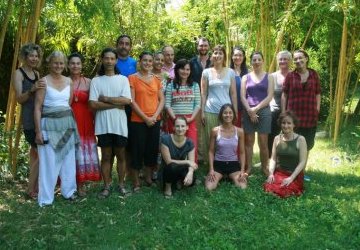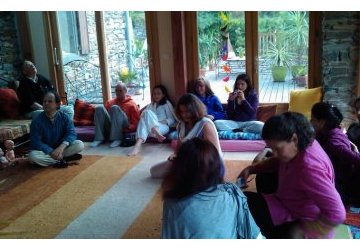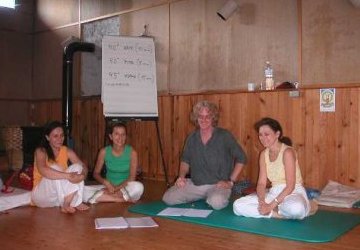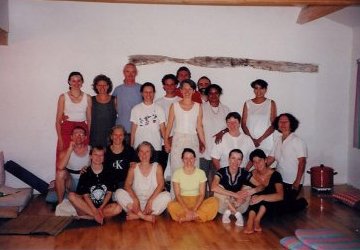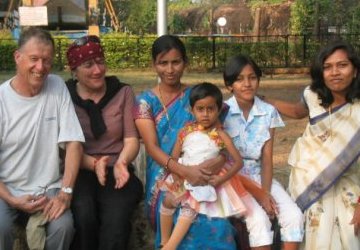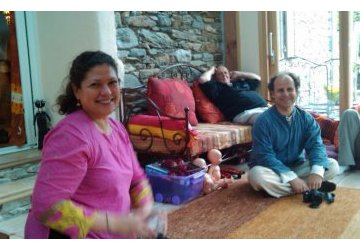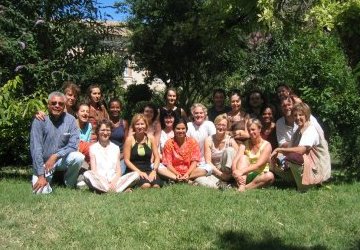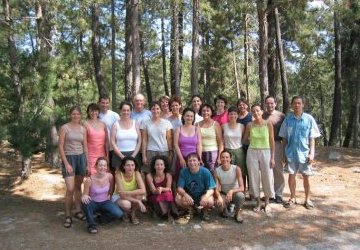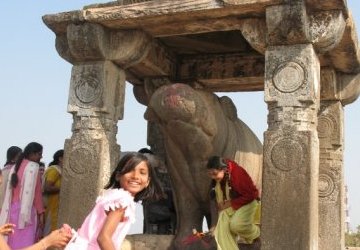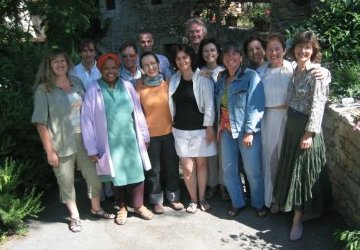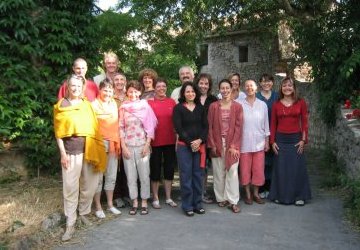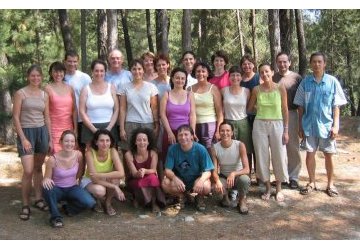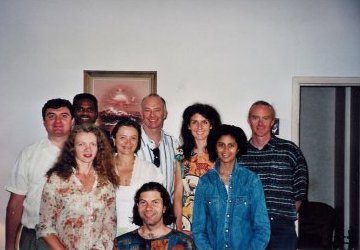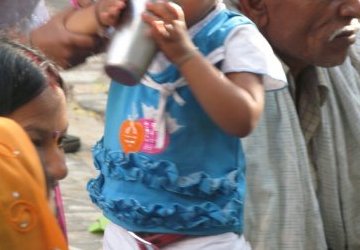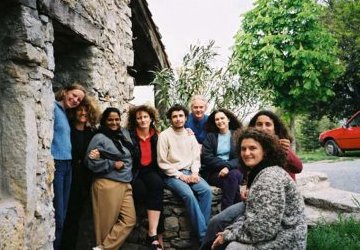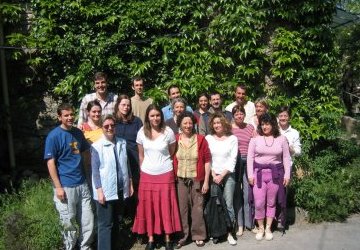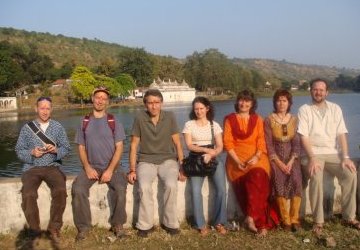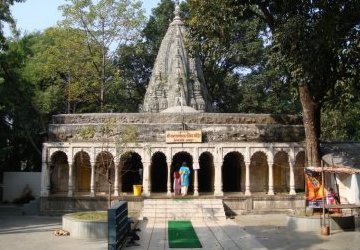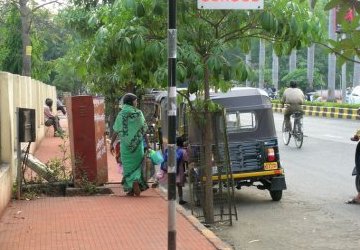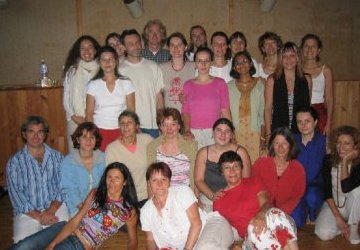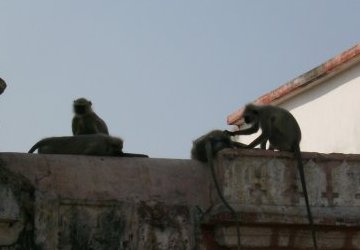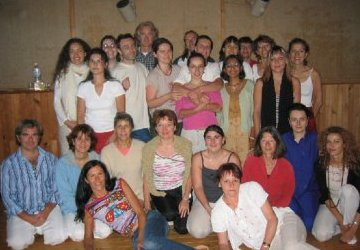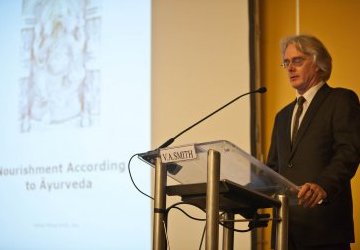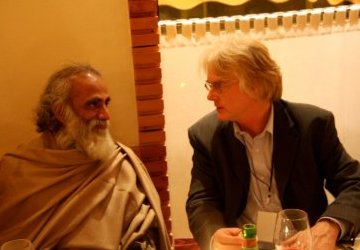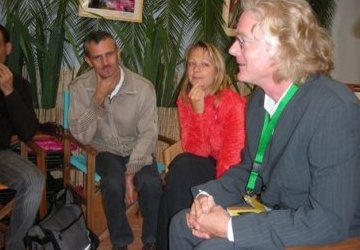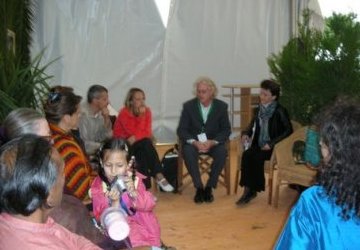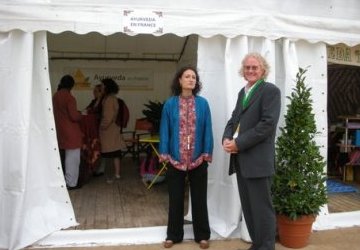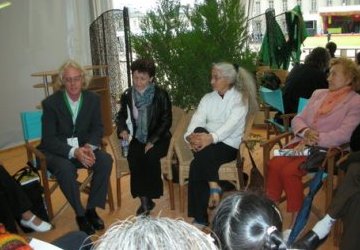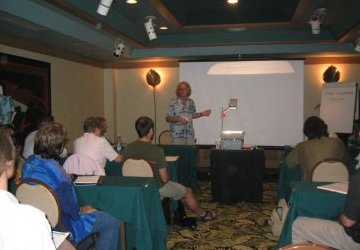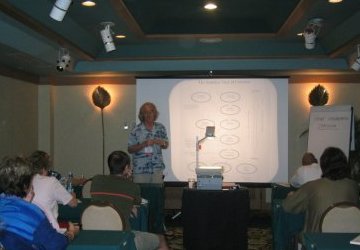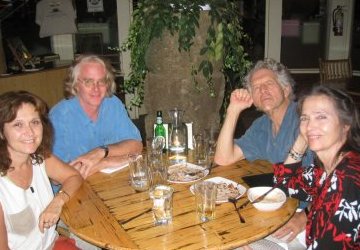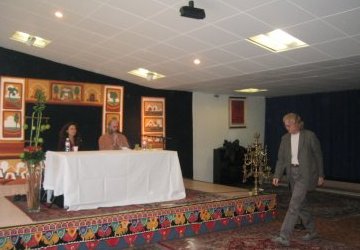Autistic Boy
QUESTION: I just keep thinking about my last client and need to run something by you. He is a 5 years old mildly autistic boy. Mainly Vata constitution I think. His Mum took him out of school 2 weeks ago as she realized it made him anxious. She told me he didn’t go to the toilet for nearly 2 weeks. He has now been to the toilet and is doing a lot better at home so home schooling for the foreseeable future. But he has the worst vertical grooves on every finger nail I have even seen.
I have recommended a Reduce Vata lifestyle and diet which they are doing. (including lots of sesame oil massage etc.) What else can I recommend for him as he is only just 5. Also he wouldn’t let me take his pulse and I only had very quick looks at his tongue. I am worried about these deeply set grooves though.
ANSWER: The fingernail groves are coming from a high level of vata - problem of apana vayu. This is coming from the chronic constipation and the accumulation of ama in his colon. The vata reducing lifestyle with oil massage is very important, good advice.
For additional treatment he could take a 1/2 of a level teaspoon of ghee in warm water to hydrate the colon and increase the bowel movements, do this 2 times per day, morning and evening. Any oil would work for this - it just depends if he can do it. The advantage with this method (internal snehana) is that it reduces vata very quickly. It is better for a child than using laxative herbs which tend to over stimulate apana vayu.
Another easy thing to do is to get triphala in tablets or capsules and give him one (dose of 400 to 500 mg) morning and another in the evening after food. Triphala is not as specific as Haritaki for this problem, but Triphala is also more balanced for a child. This will reduce vata in the colon and increase absorption of nutrients in the colon. By doing this the grooves in the fingernails will disappear in a year or so.
Basically autistic behavior is a vata condition. Of course like all disorders in Ayurveda there are different doshas that cause different forms of autism as any dosha can cause vata to become disrupted. We can say that autism is a hypo-vata condition where the normal movement of vata is suppressed.
Autism appears to have its roots in very early brain development. However, the most obvious signs of autism and symptoms of autism tend to emerge between two and three years of age. Studies also show that autism is four to five times more common among boys than girls. An estimated 1 out of 42 boys and 1 in 189 girls are diagnosed with autism in the United States. ASD affects over 3 million individuals in the U.S. and tens of millions worldwide. Moreover, government autism statistics suggest that prevalence rates have increased ten to seventeen percent annually in recent years. There is no established explanation for this continuing increase.
There is no one cause of ASD just as there is no one type of autism. Over the last five years, scientists have identified a number of rare gene changes, or mutations, associated with autism. A small number of these are sufficient to cause autism by themselves. Most cases of autism, however, appear to be caused by a combination of autism risk genes and environmental factors influencing early brain development. In the presence of a genetic predisposition to autism, a number of non-genetic, or environmental stresses, appear to further increase a child’s risk. The clearest evidence of these autism risk factors involves events before and during birth. They include advanced parental age at time of conception (both mom and dad), maternal illness during pregnancy and certain difficulties during birth, particularly those involving periods of oxygen deprivation to the baby’s brain. It is important to keep in mind that these factors, by themselves, do not cause autism. Rather, in combination with genetic risk factors, they appear to modestly increase risk.
From an Ayurvedic point of view there could be something common in our food chain or environment that is causing an increase of ASD. Food quality and diet appears to be one the main causes. Note that some vaccines have been linked to autism. Parents are advised to check out sources and qualities of vaccines as well as possible risks before vaccinating their children.
The treatment always includes vata reducing therapies, such as oil massage. These oil massages, if done in the same direction as the normal movement of the five vayus, will re-establish the correct movement of vata and reduce symptoms.
Diet is probably the most critical aspect of treatment. The food industry uses a number of chemicals in both growing and preparing foods that can cause autistic behavior. Thus, in Ayurveda the first thing to do is to get the parents to start buying organic food and cooking three meals a day for the child. This basic treatment often brings quick, radical results in a few weeks. Of course Ayurveda prefers a vegetarian diet, but any organic, whole food diet will give quick results. If the child - as in the case above - is constipated then a vegan or vegetarian diet is strongly recommended. The most important factor is removing all processed foods from the diet.
Conclusion - change the diet to a Vata diet with whole foods, do oil massage at least once per day and remove all electronic devices such as tablets, phones, computers and video games from the child’s lifestyle. All electronics over stimulate Vata in a wrong way which increases autistic pathologies.
A balanced approach is needed and a very regular lifestyle with love and understanding from the parents. In most cases results are quick and after a few months the child will improve in most areas of life.
Copyright © 2017 EIVS GmbH
– treatments for children can be found in "Ayurvedic Medicine for Westerners" - Application of Ayurvedic Treatments Throughout Life (Volume 5)
Dravyaguna for Westerners (Volume 4)
Clinical Protocols and Treatments in Ayurveda (Volume 3)
Pathology & Diagnosis in Ayurveda (Volume 2)
Anatomy and Physiology in Ayurveda (Volume 1)



